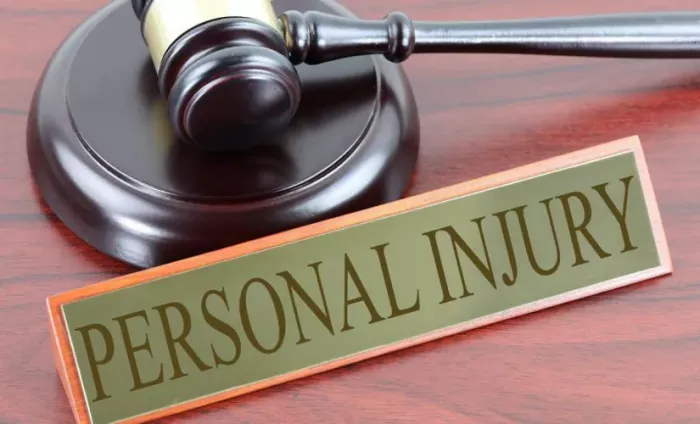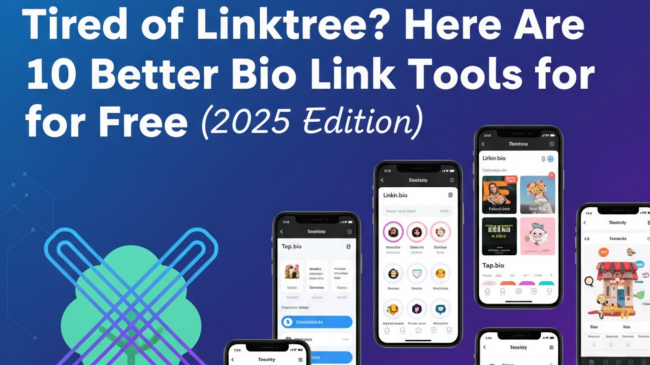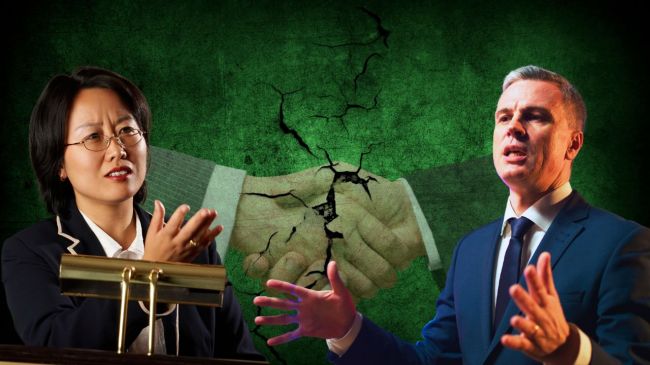On This Page
- Why Traditional PI Marketing Is Failing
- Understanding Your Actual Client Journey
- Content Marketing That Actually Helps People
- Local SEO That Actually Works
- Building Trust Through Transparency
- Strategic Referral Development
- Technology and Automation
- Measuring What Actually Matters
- Avoiding Common PI Marketing Mistakes
Personal injury marketing is probably the most competitive area of legal advertising, and if you're doing what everyone else is doing, you're basically throwing money into a black hole while hoping something sticks.
You've seen the billboards, the cheesy TV ads, and the radio spots that all sound exactly the same, but here's the problem: that stuff doesn't work anymore.
People who need personal injury lawyers are dealing with serious situations, and they're not impressed by flashy advertising or generic promises about fighting for justice. They want to know that you understand their specific situation and can actually help them navigate what's probably the most stressful experience of their lives.
The personal injury clients you want to attract are doing research online, reading reviews, and making decisions based on trust and competence rather than who has the biggest advertising budget.
Smart SEO for personal injury lawyers focuses on being found by people who are actively looking for help with their specific type of case, not trying to convince everyone in town that they need a lawyer. Many firms are seeing results by following structured digital strategies like those outlined here.
Here's what's actually working in personal injury marketing right now, how to stand out in an incredibly crowded market, and why the most successful PI lawyers are focusing on genuine client service and strategic positioning rather than just outspending their competition on generic advertising.

Why Traditional PI Marketing Is Failing
The billboard and TV ad approach worked great twenty years ago when people had fewer options for finding lawyers and less access to information about legal services. Now everyone's doing it, which means your message gets lost in the noise unless you're spending absolutely insane amounts of money.
Generic messaging about "fighting for you" and "getting you the compensation you deserve" doesn't differentiate you from the dozens of other personal injury lawyers saying exactly the same thing in exactly the same way to exactly the same audience.
Mass market advertising attracts a lot of tire-kickers and people who aren't actually good clients, which means you're spending money to generate leads that don't convert into profitable cases. Quality beats quantity every time in personal injury marketing.
The clients you actually want to represent are doing serious research before they hire a lawyer because they understand the stakes involved. They're looking at websites, reading reviews, and comparing lawyers based on experience, results, and how comfortable they feel with the attorney.
Interruption-based advertising feels pushy and opportunistic to people who are dealing with injuries, medical bills, and insurance companies. They want helpful information and genuine expertise, not sales pitches that make them feel like potential dollar signs.
Understanding Your Actual Client Journey
Most personal injury clients start their search immediately after an accident or when they realize their insurance company isn't handling their claim fairly. They're stressed, often in pain, and overwhelmed by medical and legal complexity they've never dealt with before.
Google searches typically begin with specific questions about their situation rather than general searches for personal injury lawyers. They want to know if they have a case, what their rights are, and what to expect from the legal process before they start calling attorneys.
Research phases can last weeks or months for serious cases because people want to make informed decisions about legal representation when significant money and their future well-being are at stake.
Social proof through reviews, testimonials, and case results becomes incredibly important because personal injury clients need reassurance that their lawyer has successfully handled similar cases and achieved good outcomes for other clients.
Personal connection often determines the final hiring decision because clients want lawyers who make them feel comfortable, understood, and confident about their case prospects and the legal process ahead.
Content Marketing That Actually Helps People
Educational content that answers specific questions about different types of personal injury cases positions you as an expert while providing genuine value to people who need information about their legal situation.
Video content works particularly well for personal injury marketing because it allows potential clients to see and hear you explaining legal concepts, which builds trust and comfort levels that written content can't match. Research shows that video marketing increases engagement rates significantly compared to text-only content.
Case study content that explains how you've handled similar situations (while protecting client confidentiality) demonstrates your experience and approach without making generic claims about your abilities.
Local content about accident statistics, dangerous intersections, and safety issues in your community shows you understand local conditions and positions you as a resource for community safety information. Data from sources like the National Highway Traffic Safety Administration can provide valuable local context for your content.
FAQ content addressing common concerns about personal injury cases, insurance claims, and the legal process helps potential clients understand what to expect and reduces anxiety about contacting a lawyer.
Local SEO That Actually Works
Google My Business optimization is absolutely critical for personal injury lawyers because many clients search for attorneys near them when they're ready to hire legal representation.
Location-specific content about local hospitals, accident-prone areas, and community events helps establish your connection to the community while creating content that ranks well for local searches.
Review management becomes essential because personal injury clients heavily weight other people's experiences when choosing legal representation, and positive reviews significantly impact local search rankings. Understanding how online reviews affect consumer decisions helps inform your reputation management strategy.
Local citation consistency across directory sites, legal directories, and community websites helps establish your firm's credibility and improves local search performance for relevant keywords.
Partnership content with local medical providers, physical therapists, and other professionals who work with injury victims creates valuable backlinks while demonstrating your professional network.
Building Trust Through Transparency
Case results and settlement information (when ethically permissible) provide concrete evidence of your ability to achieve favorable outcomes for clients with similar injuries and circumstances.
Attorney profiles that show your background, experience, and personal connection to personal injury work help potential clients understand why you chose this practice area and what motivates your legal work.
Process explanations that walk potential clients through exactly what happens during a personal injury case reduce anxiety and help people understand what to expect when working with your firm.
Fee structure transparency about contingency arrangements, case expenses, and what clients can expect regarding costs helps address financial concerns that often prevent people from seeking legal help. The American Bar Association's guidance on contingency fees provides ethical frameworks for fee discussions.
Communication policies that explain how you keep clients informed about their cases, respond to questions, and handle urgent situations demonstrate your commitment to client service.
Strategic Referral Development
Medical professional relationships with doctors, physical therapists, and other healthcare providers create natural referral sources because they regularly encounter patients who may need legal representation.
Other attorney referrals from lawyers who don't handle personal injury cases can provide high-quality leads from colleagues who understand legal competence and client service standards.
Community organization involvement in safety advocacy, victim support groups, and civic organizations builds reputation and creates opportunities for referrals from people who know your work.
Professional association participation in trial lawyer organizations, bar associations, and legal education programs establishes credibility with other attorneys who may refer cases. Organizations like the American Association for Justice provide networking and continuing education opportunities for personal injury attorneys.
Client alumni programs that maintain relationships with former clients often generate referrals from satisfied clients who recommend your services to friends and family members.
Technology and Automation
Client intake systems that capture essential case information efficiently while making potential clients feel heard and understood during their initial contact with your firm.
CRM platforms designed for law firms help track leads, manage follow-up communications, and ensure that potential clients don't fall through the cracks during the conversion process.
Automated follow-up sequences for initial consultations, case updates, and client communication help maintain consistent contact without requiring constant manual effort from attorneys or staff.
Case management systems that keep clients informed about case progress, upcoming deadlines, and important developments in their legal matter help maintain satisfaction and reduce anxiety.
Analytics tools that track which marketing activities generate the highest quality leads and best conversion rates help optimize marketing spending and focus efforts on the most effective strategies.
Measuring What Actually Matters
Lead quality metrics matter more than lead quantity because one serious injury case often provides more revenue than dozens of minor cases that require significant time investment.
Conversion rates from initial contact to signed representation agreements help identify bottlenecks in your client intake process and opportunities for improvement.
Client satisfaction scores and feedback help ensure that your service delivery matches your marketing promises and identifies areas where client experience can be improved.
Case outcome tracking helps you understand which types of cases your firm handles most successfully and where you might want to focus your marketing efforts.
Google Analytics and website performance data show which content resonates with potential clients and drives the most qualified traffic to your firm's website.
Avoiding Common PI Marketing Mistakes
Overspending on broad advertising without tracking results leads to marketing budgets that generate activity but not profitable cases or sustainable business growth.
Competing solely on price or promises about case outcomes creates expectations that may be impossible to meet and attracts clients who may not be realistic about their case prospects.
Neglecting existing client relationships while focusing entirely on new client acquisition misses opportunities for referrals and repeat business from satisfied clients and their networks.
Generic messaging that could apply to any personal injury lawyer fails to differentiate your firm or give potential clients reasons to choose you over other qualified attorneys.
Inconsistent marketing efforts that start and stop based on current caseload create missed opportunities during slow periods and make it difficult to build momentum and market presence.
Personal injury marketing success comes from understanding your clients' actual needs and concerns rather than just trying to outshout your competition. Focus on building trust, demonstrating competence, and providing genuine value to people who are dealing with difficult situations.
The most successful personal injury lawyers combine strategic marketing with excellent client service because satisfied clients become your best marketing asset through referrals and positive reviews that attract more clients like them.
Post Comment
Be the first to post comment!





